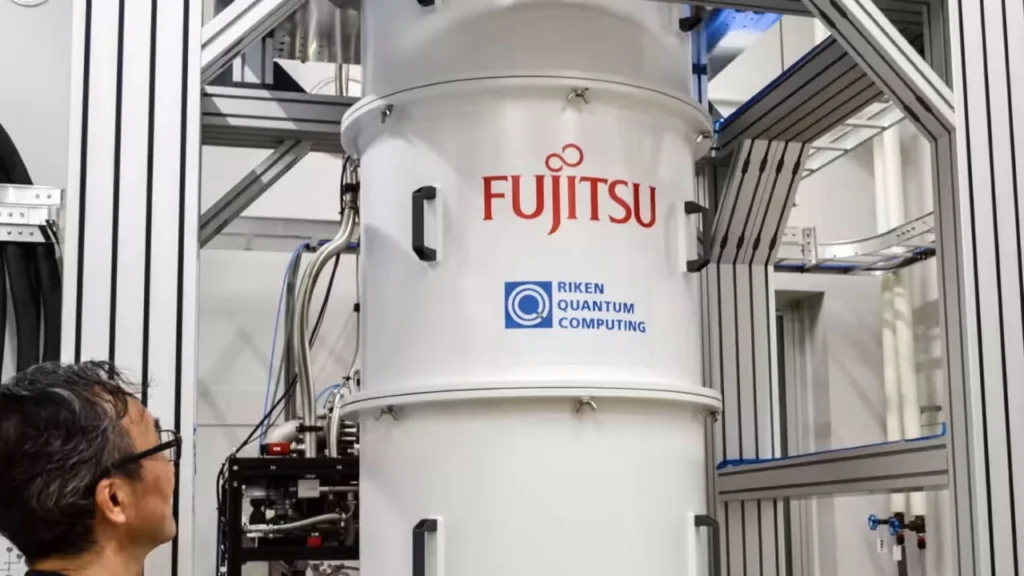Japan’s Fujitsu targets industrial quantum leap with 10,000‑qubit machine by 2030
The early-stage system will deliver 250 logical qubits using the tailored STAR architecture.

Fujitsu has officially embarked on developing a superconducting quantum computer capable of exceeding 10,000 physical qubits, aiming to complete construction by fiscal 2030. The system will feature approximately 250 logical qubits and leverage the firm’s internally developed ‘STAR architecture’ for early-stage fault-tolerant quantum computing.
Japan’s National Energy and Industrial Technology Organization (NEDO) supports the project under its Post‑5G Infrastructure development program through 2027, alongside collaboration with AIST and RIKEN. Development efforts concentrate on key scaling challenges: precise qubit production, interconnect wiring, dense cryogenic packaging, cost-effective control systems, and error-correction methods.
Endorsement of Fujitsu’s quantum trajectory is evident in the RIKEN partnership, which delivered a 256-qubit superconducting system in April 2025. The joint team plans to scale further to a 1,000-qubit quantum computer by 2026, housed at a dedicated quantum facility at Fujitsu’s Kawasaki campus.
Beyond 2030, Fujitsu aims to fuse superconducting and diamond spin-based qubits to deliver a 1,000-logical-qubit system by fiscal 2035. The roadmap anticipates designing multi-chip quantum systems to push beyond current limitations in scale and reliability.
Would you like to learn more about AI, tech and digital diplomacy? If so, ask our Diplo chatbot!

